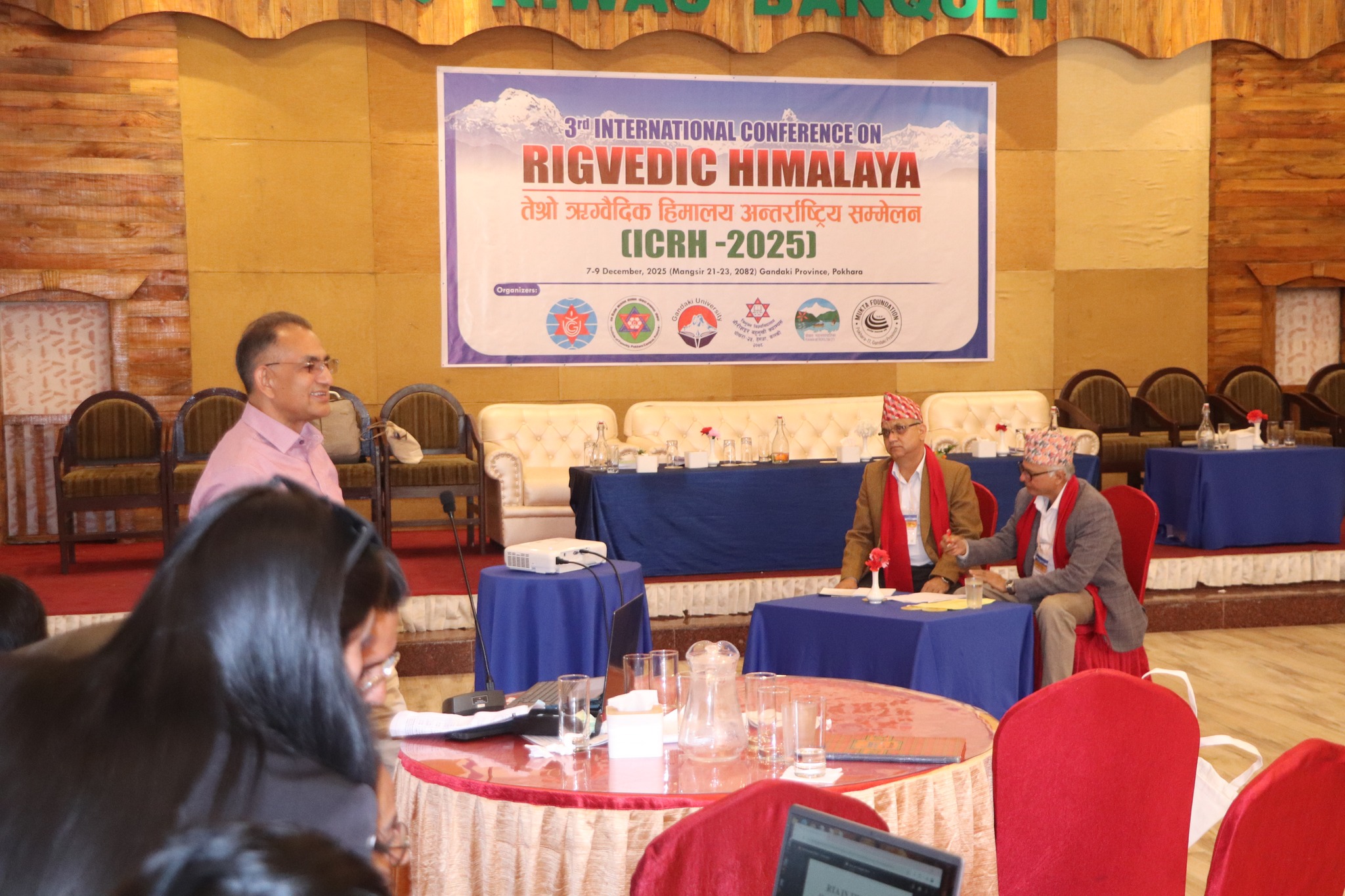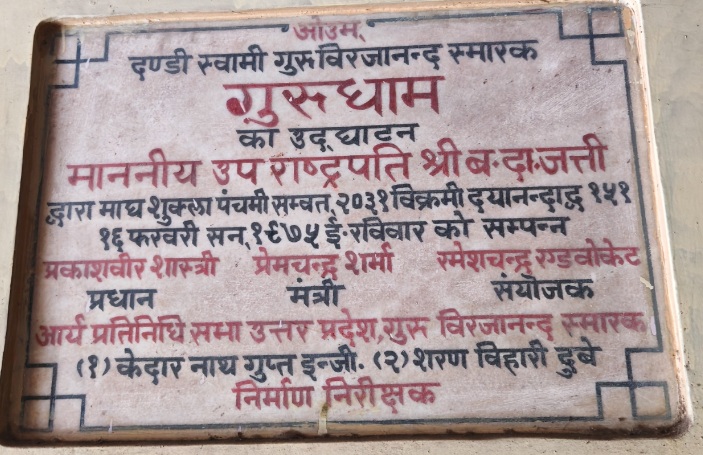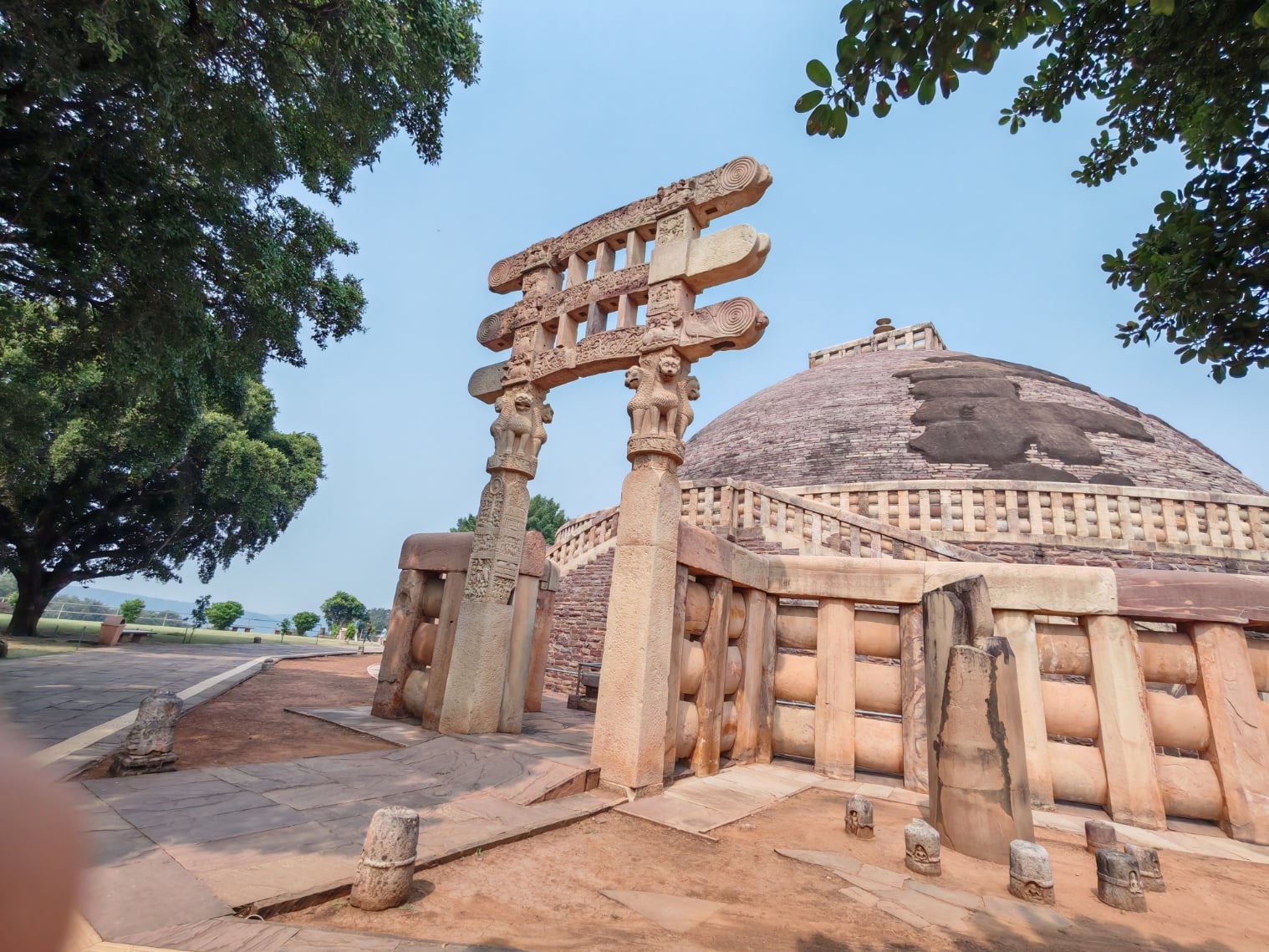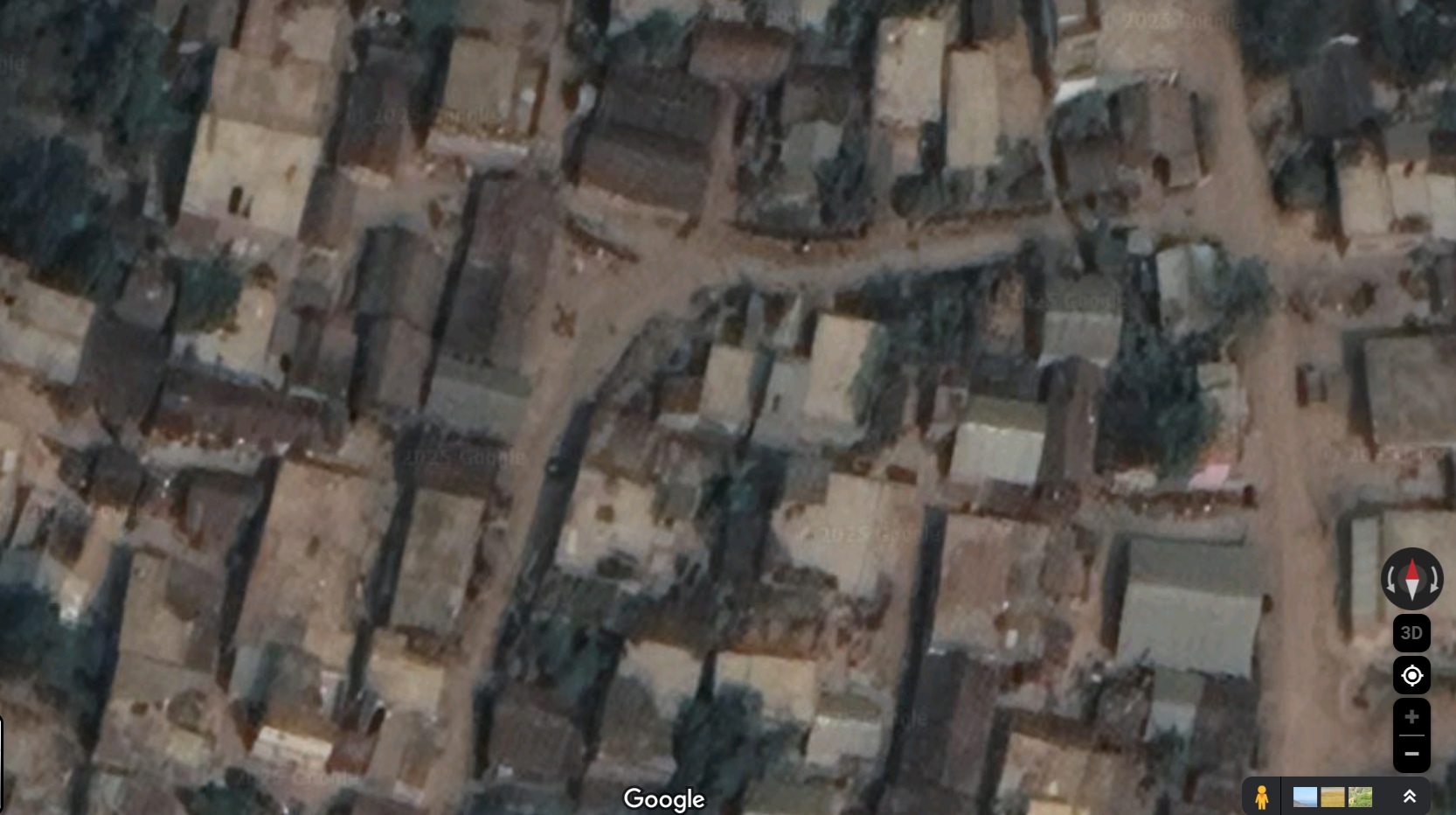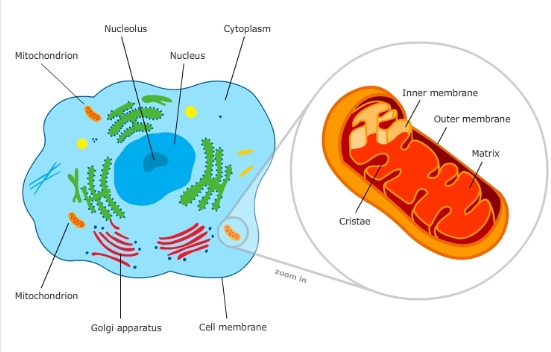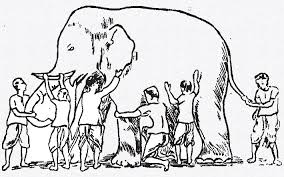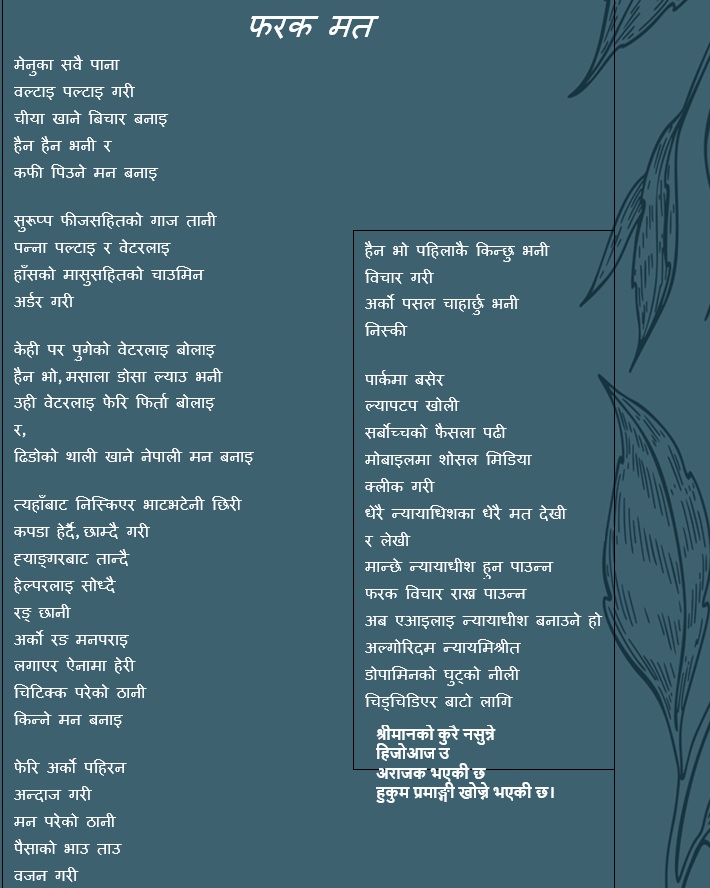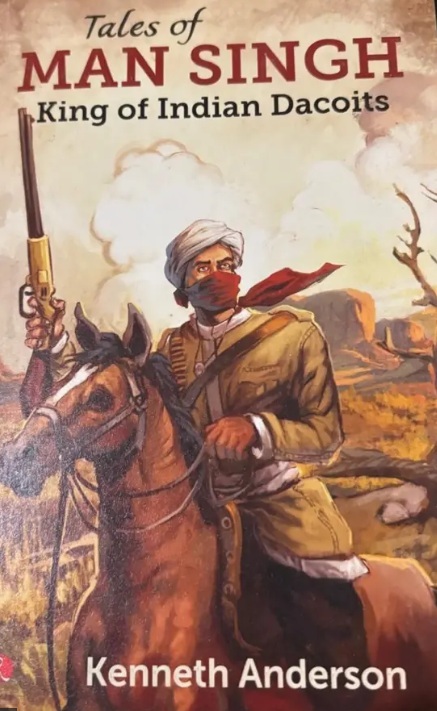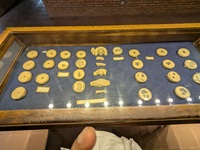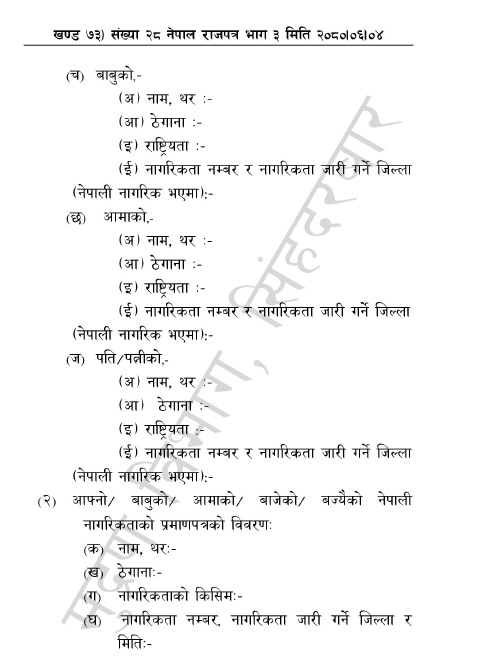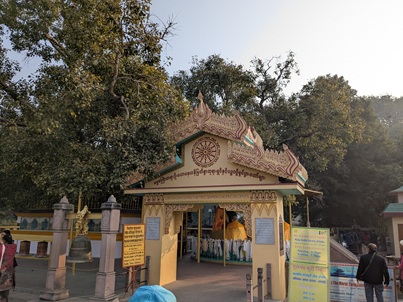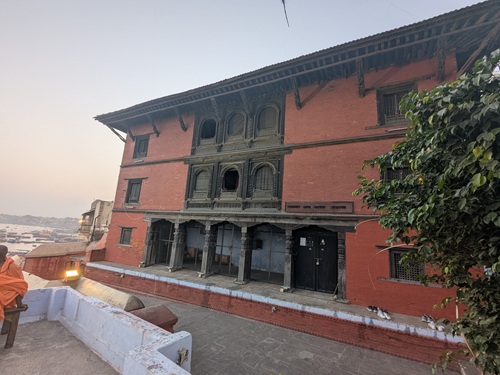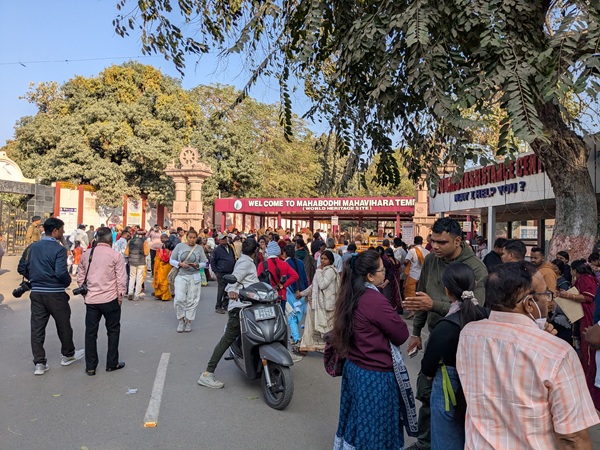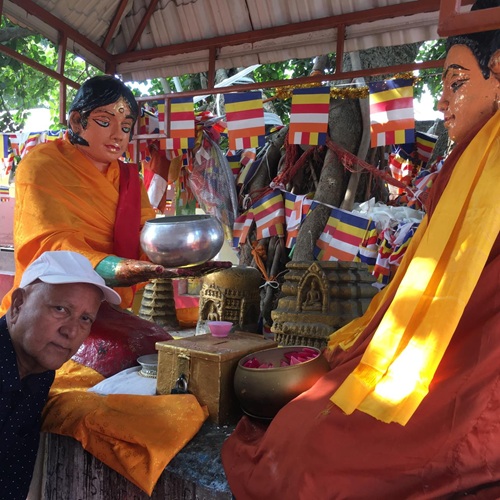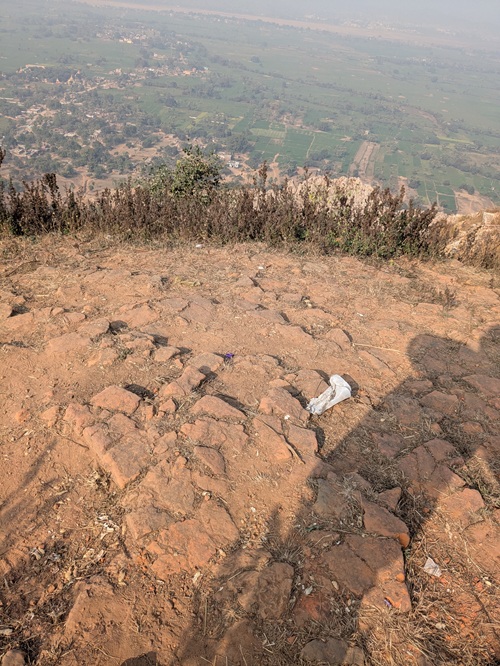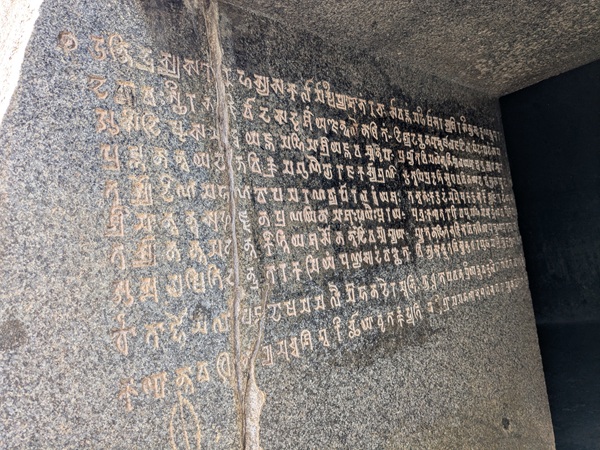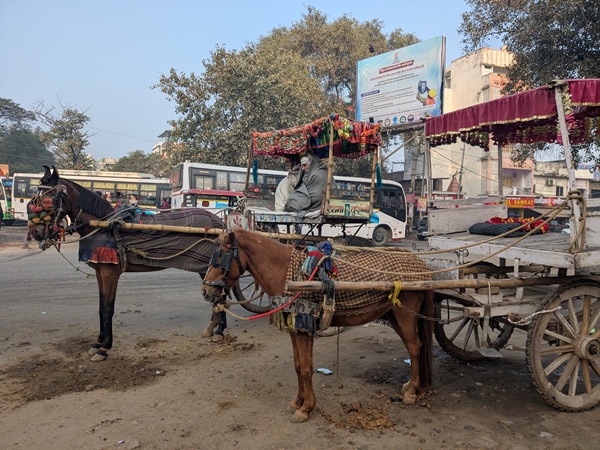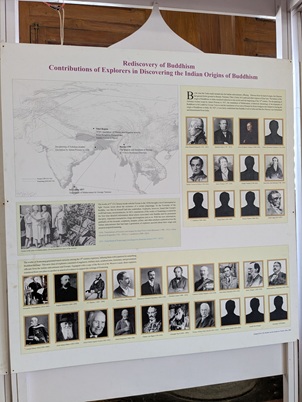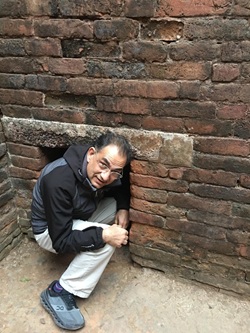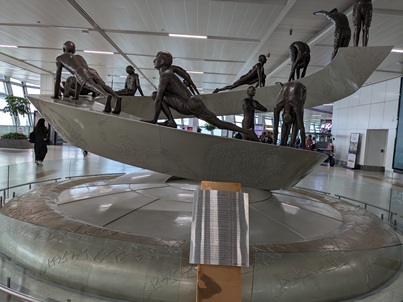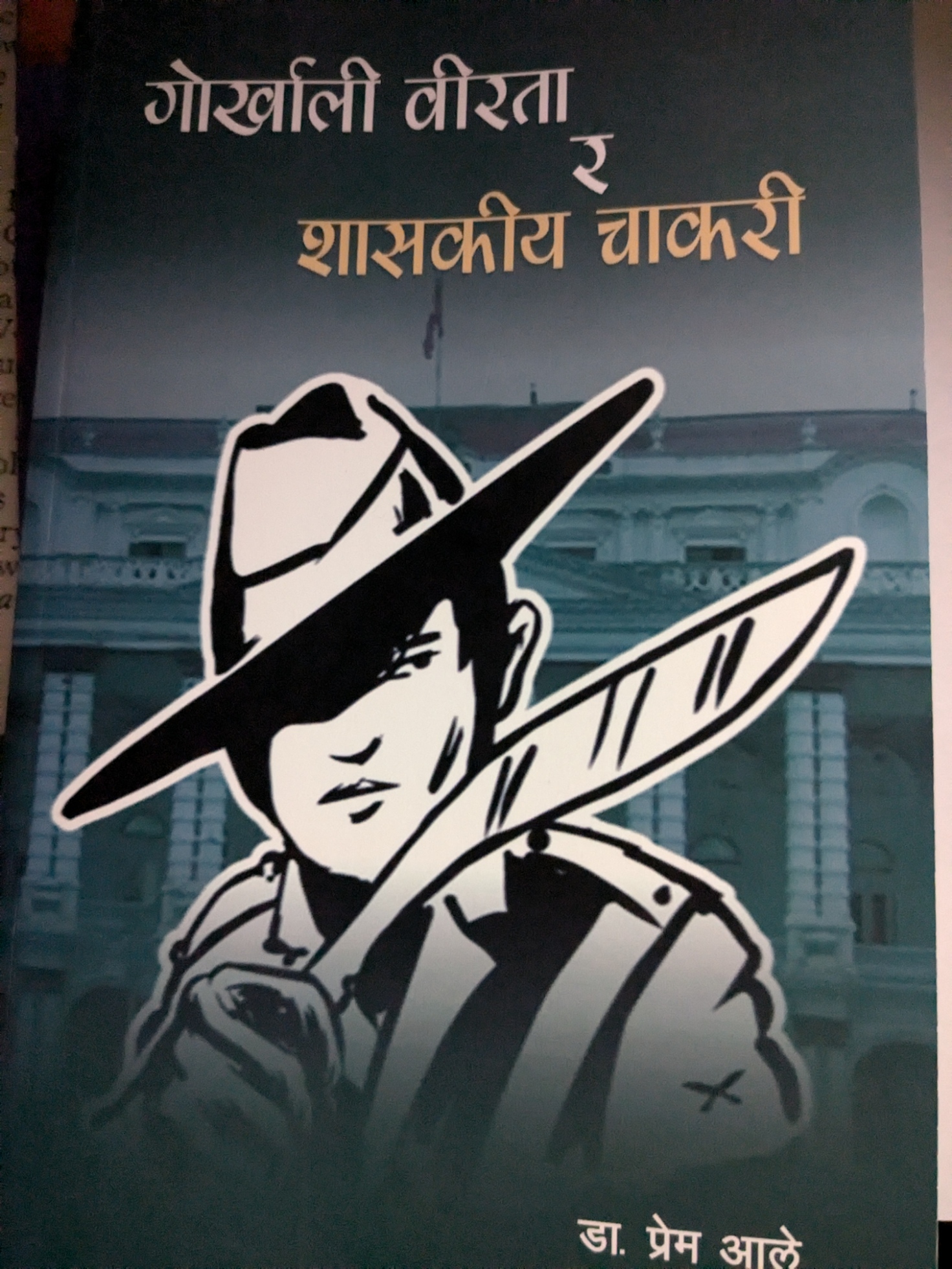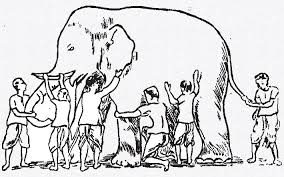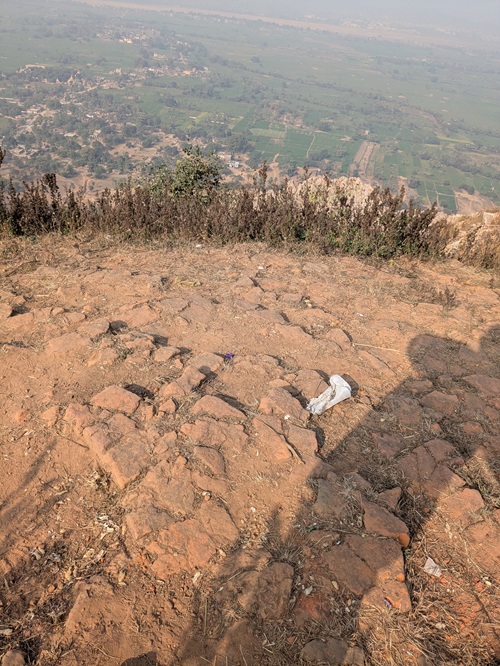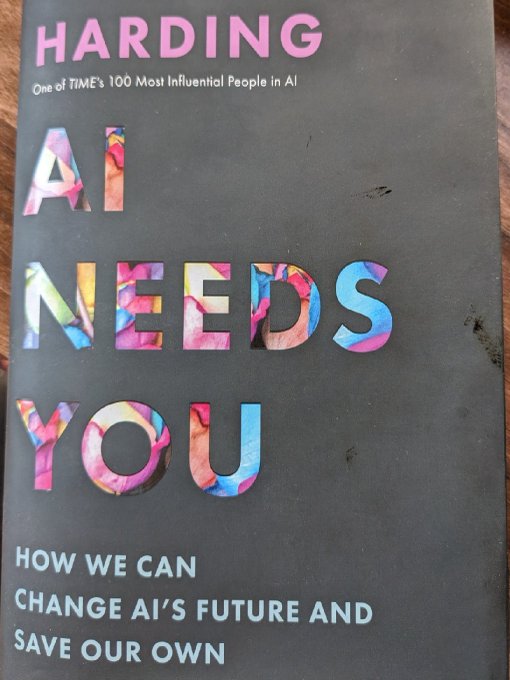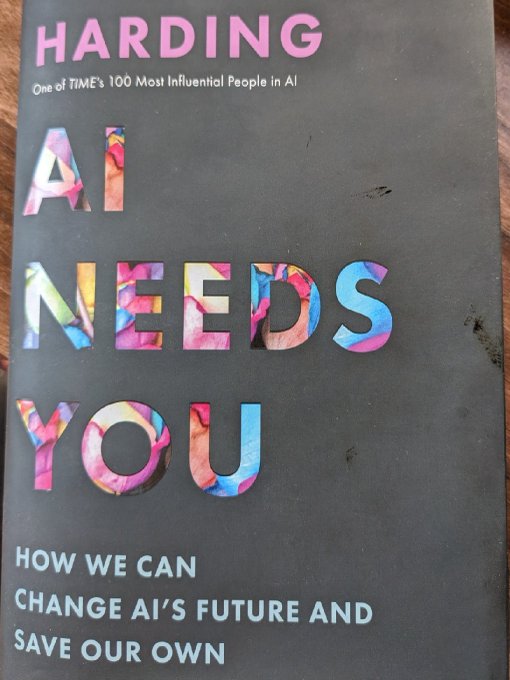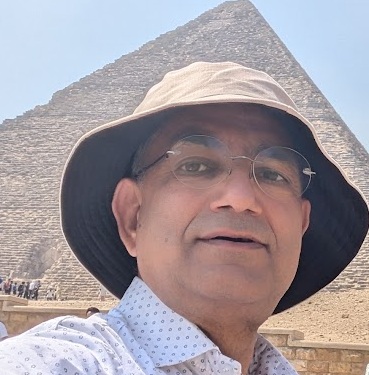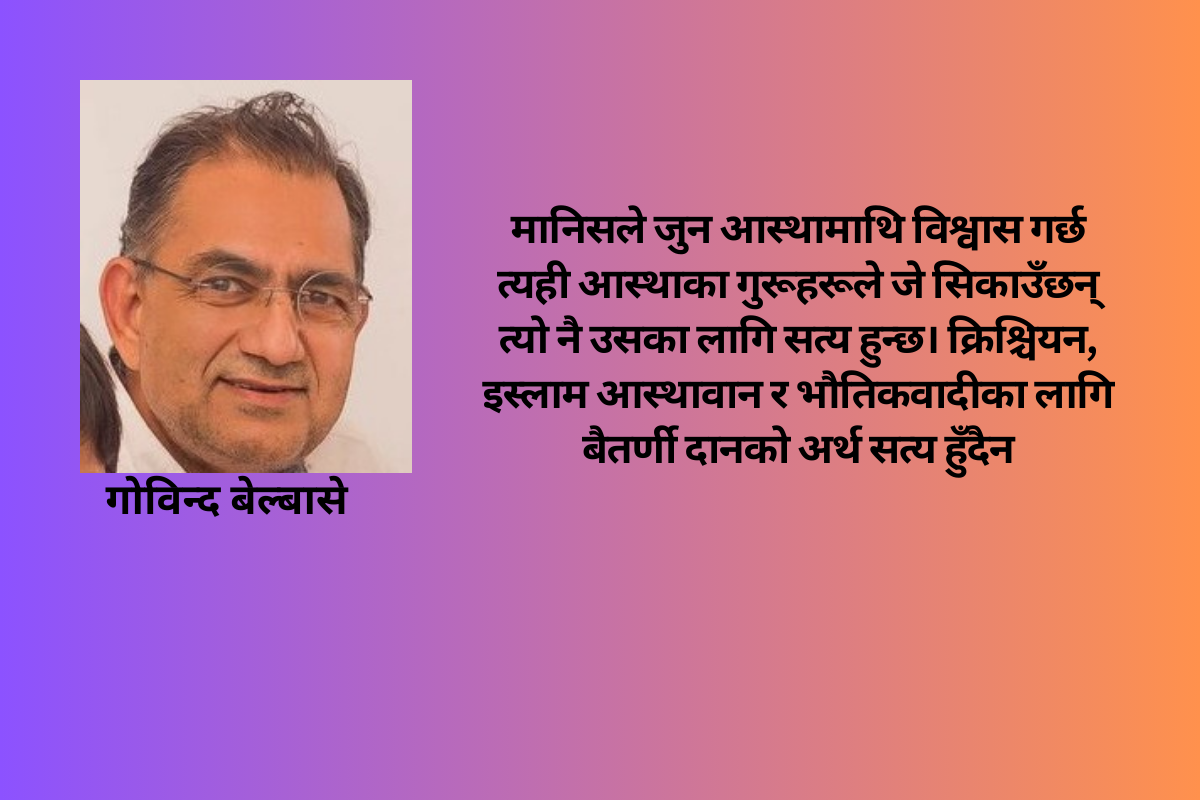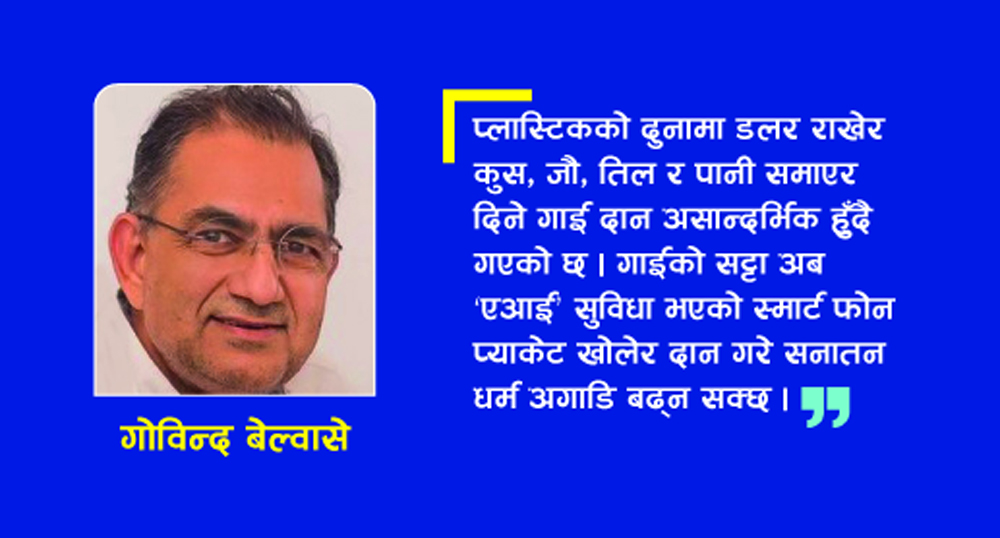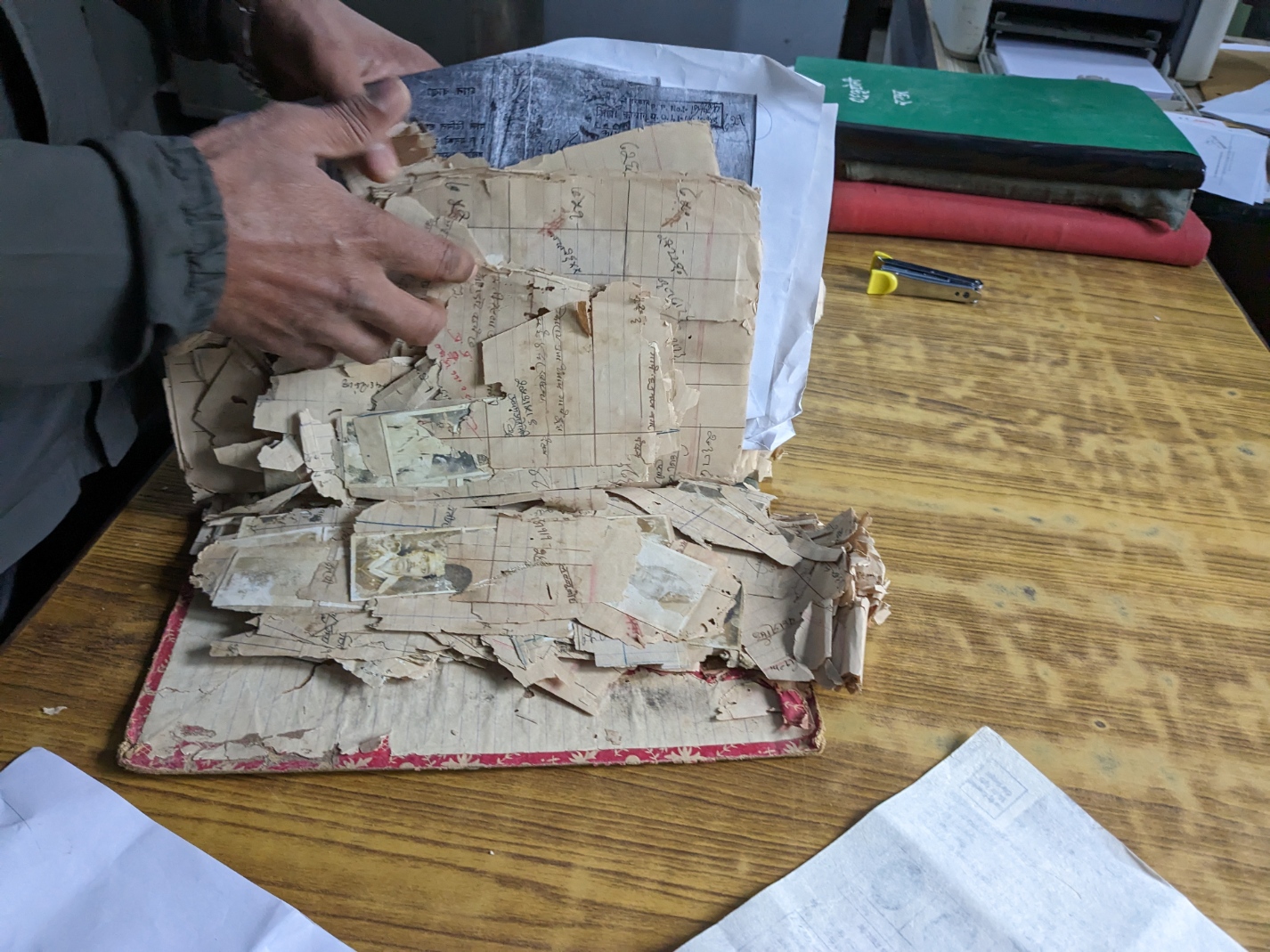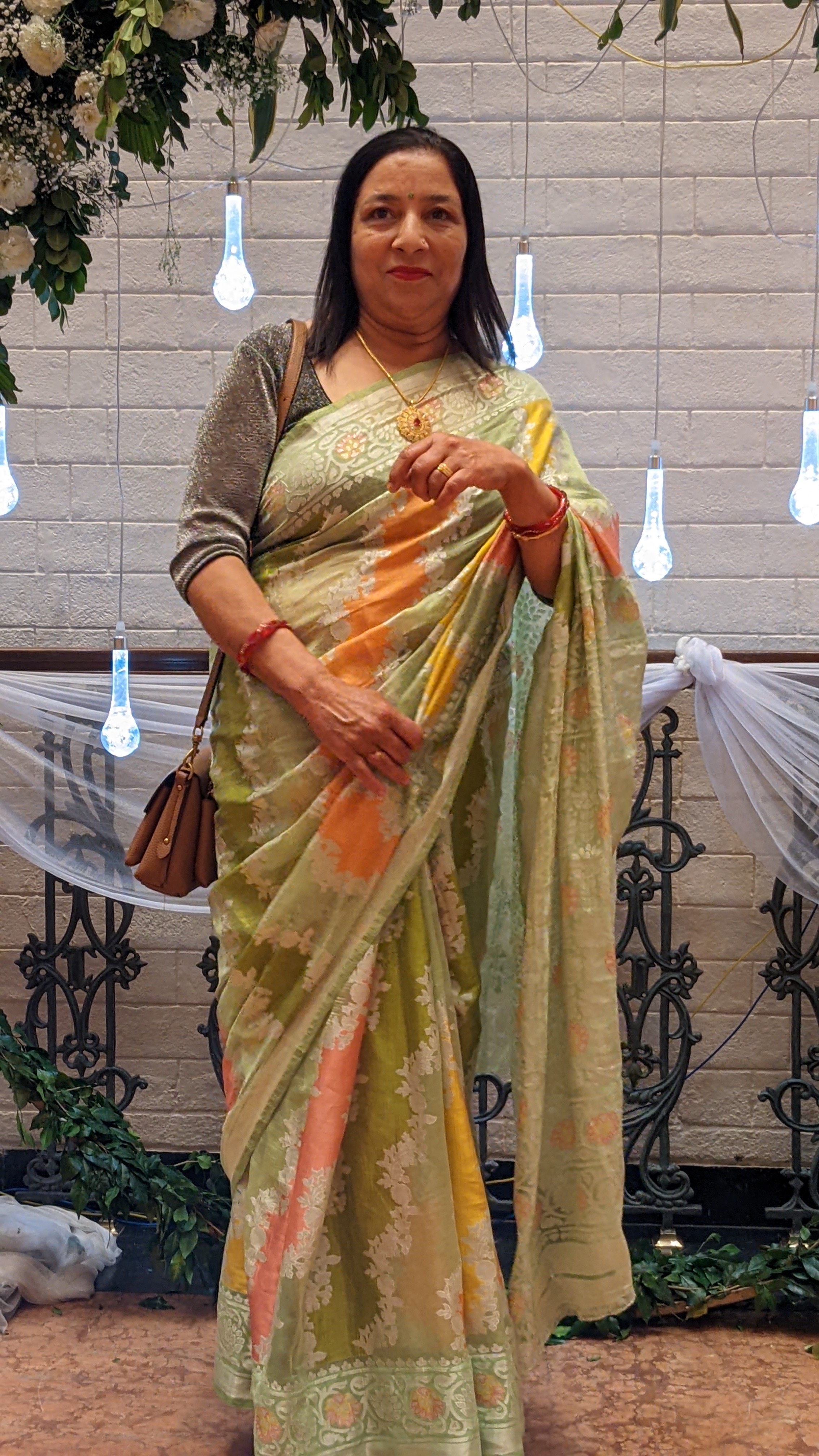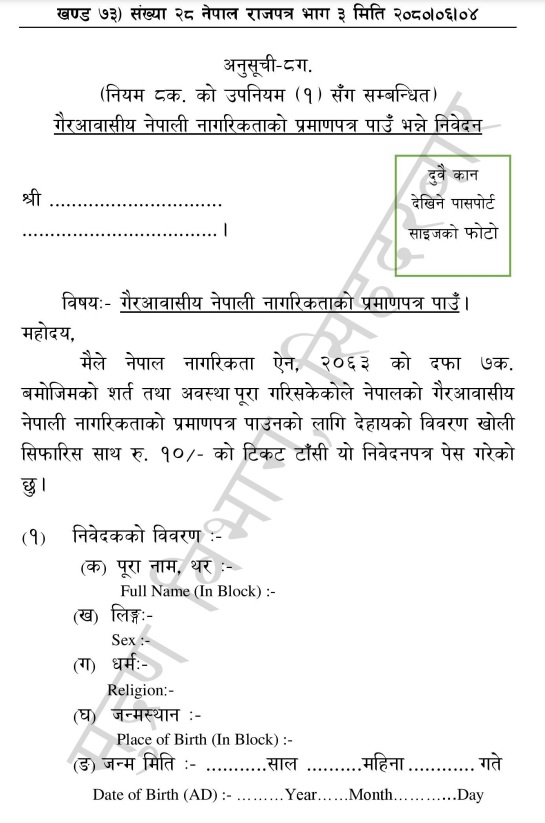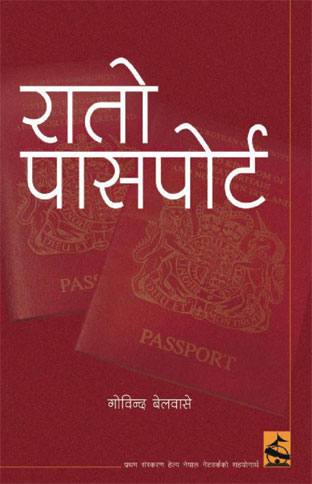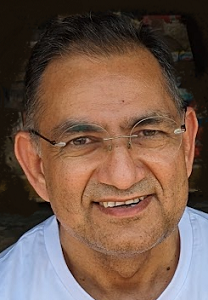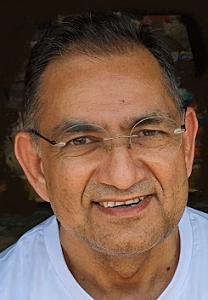वि�...
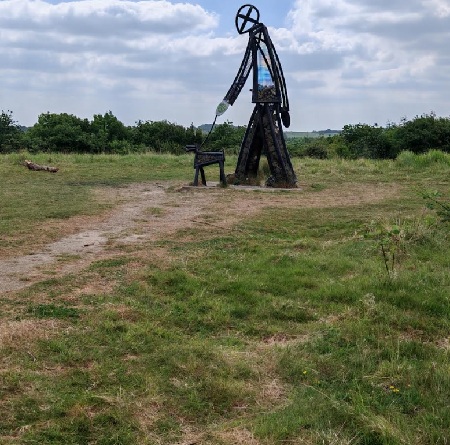
Dacoits of Many Kinds
09 Jul, 2025
Dacoits of Many Kinds
(Easier heard than read — audio available here)
From the ridge above the barn, Grandmother descended the narrow thatch steps. When those Tharu villagers arrived nearby, my elder sister had gone out to meet them. They had come bearing news: a message had spread that dacoits were planning an attack on our village.
Below the ridge was a goat pen. Above it, we used to sleep. The main house in front was divided compartments with grain—container (Dehari-डेहरी). The kitchen, too, was there. The roof was of straw, the fence made of hay and bamboo, the walls smoothed with mud. On those walls, the villagers had sculpted elephants, horses, and labourers in clay—an expression of their rustic artistry.
Evening had just fallen. Birds were flying back to their nests. The sun had dipped below the western slope. Herdsmen had returned from the jungle with cows, buffaloes, and goats. Most birds were already settled in. Farmers had returned from the fields. It was twilight—but darkness had not yet fully claimed the land.
That evening, only Grandmother and my sister were at our house in Boktapur. The rest of us were up in our mountain home. Boktapur lay in the lowland forest belt called the Bhawar. Suddenly, an anxious voice cried out—“Malkinia… Malkinia…”—heightening the tension. Kyaowa, Houwa, and Prabhu Tharu had arrived under the ridge. They too warned of dacoits’ approach.
Malaria had recently declined in the Terai thanks to DDT spraying by the government. But fear had not vanished. The hills were still considered safer. It was the time of tending to winter crops, and so Grandmother had to stay in the Terai home. My sister stayed behind to accompany her.
When the fear of dacoits arose, villagers would grab cooking pots, rice, lentils, and vegetables—and flee into the jungle. They would hide there for days, surviving on what little they had. The dacoits would raid the now-deserted village, looting whatever was left behind. If they found goats, they’d slaughter them and feast before leaving. Reporting to the police meant a six-hour walk to the district headquarters in Taulihawa. There were no phones, no modern tools. This was around four years into the Panchayat era, during the year 2021 B.S. (circa 1964 AD)—the year land reform law began.
They hid for three nights in a forest ravine, cooking and surviving there. But the dacoits never came. Eventually, they returned home. That episode still arises in our conversations—just last winter, we recalled it again.
A few years later, our entire family left the hills and settled in the plains. In the village, traditional plays—nautanki—were staged for entertainment from time to time. Locals played the nagada, harmonium, dholak, and majura. Those moments were magical. But those traditions have now vanished. In the era of YouTube and social media, such folk theatre could not survive.
Still, I remember the glow of the mantle lamp lighting up those plays. I was ten when I watched the nautanki of dacoit Mansingh. The next morning, I passed by the wood bridge near(Dhuruwa-धुरूवा) Tulsi’s shop and saw the same Tharu man who had played Mansingh the night before. He was driving a pair of ox and carrying a plough to till his field. I recognized him instantly. Turning toward him, I shouted, “Mansingh!”
My voice was full of wonder and excitement—as though I’d spotted a celebrity. He, however, seemed a little shy. Perhaps he felt awkward. There was no pride on his face—no trace of joy in having been a star, even for a night. It still makes me wonder: was it shame in playing a dacoit? Did he think I had called him by a villain's name? For me, he was a star. A hero of that moment.
Those nautanki plays featured music, dance, and vivid storytelling. The characters of Mansingh and Sultana—the bandits—left a lasting impression on my young mind. I used to wonder if their stories were real. Maybe they were fictional. But the stories felt true.
Ours was a landlocked society—we didn’t grow up with tales of pirates. It was only in tenth-grade English class that I learned the term pirates and understood what they were. In contrast, our folk tales featured snowmen—giants from the high Himalayas.
I now know that Mansingh and Sultana were indeed real figures. Kenneth Anderson wrote a research-based book on Mansingh. The nautanki stories we watched were distilled from historical truths.
In her book Nayak Hain Hum, Hamida Akhtar Husain Raypuri writes about Sultana being captured by the police. Sultana was active during British colonial rule in India. To capture him, a British officer named Freddie Young was summoned from Britain.
Mansingh, on the other hand, continued to rob the rich and distribute to the poor even after India’s independence. I watched those plays during the era when another dacoit, Phoolan Devi, was still active.
Mansingh has been called India’s Robin Hood. Active in the 1930s and 40s in North India, some accounts even say he wished to help the Indian government liberate Goa from Portuguese control.
Sultana, too, was more than a mere bandit. He was a folk hero—a symbol of justice for the rural masses. His final confrontation with British officer Freddie Young has become a legendary tale in itself.
Of course, as these stories passed from mouth to mouth, embellishments crept in. Yet, one can believe that both dacoits looted the rich and helped the poor. That’s why common people often hid and protected them from the authorities.
Much like the comic tales of HamjayaGa, a legendary comic figure whose jokes were often added to by others, the dacoits' stories, too, became embellished over time.
Like the legendary dacoits of Southeast Asia, Britain too has its own Robin Hood. Many believe in him, though scholars now assert he never existed.
Last week, I visited Sherwood Forest—the historic site associated with the legend of Robin Hood, in the heart of England. Just like our folk heroes, he is portrayed as one who robs the rich and aids the poor.
I walked for an hour through that green, wooded forest. At the top of a hillock, I took a photo. I was hoping to spot the Sheriff of Nottingham—but he wasn’t there. What I did find was a quiet forest, filled with towering trees—and a tale still alive. Locals call it Top Hill. For me, it was a mound with a metal statue of a man walking a dog—symbolic, perhaps, of the legend.
Robin Hood was never seen. He was never real. But he lives in people's hearts. In Nepali society too, we have our own “Mansinghs” and “Sultanas.” Only the names differ—the spirit is the same.
Dacoits like Ratnakar (who became Valmiki), Angulimala, Robin Hood, and Mansingh were once robbers, but later became folk heroes. They are not just tales; they are testaments to the human soul’s capacity for transformation.
Last year, in February 2024, I met Kyaowa Tharu again, who told me another real dacoit tale from Boktapur. In a feud among dacoits, one was shot dead. His body was left in the jungle, with an empty bullet shell placed on his chest—perhaps to signify who had killed him. The corpse was found south of the village, in the forest near the forked road leading to Dhamouli and Rangai. That incident led to police investigations and court cases. Kyaowa had told me this story once before—when I was just nine.
Even today, ‘dacoits’ exist in our society. Under the name of politics, organized looting continues in the name of liberation. These modern bandits later align themselves with the very exploiters they vowed to fight. In the villages, when a few wealthy individuals collude to cheat the poor—new Mansinghs and Sultanas are born.
Though the jungle dacoit has faded, political bandits have grown. They promise salvation but join the ranks of the exploiters. The people, ever hopeful, are continually misled—yearning for a true saviour.
George Orwell’s Animal Farm captures this grim reality through the character of Napoleon, a pig who starts as a revolutionary and ends up a tyrant.
@nepallghar
I wonder, how do you remember it?
Thank you.
© www.amaaba.org

